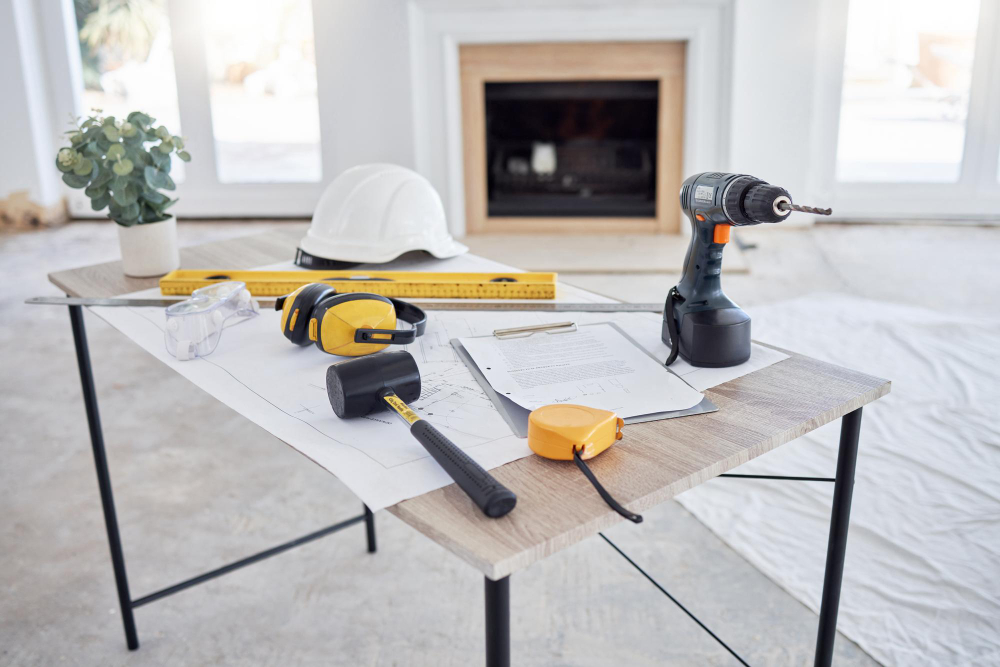Renovating doesn’t have to mean adding more — often, it’s about simplifying. Minimalist planning helps homeowners save money, reduce clutter, and achieve cleaner, more functional spaces. By focusing only on what matters most, you can remodel efficiently while maintaining timeless style.
This strategies for a wallet-friendly home upgrade approach transforms your renovation mindset: less chaos, more clarity — and impressive results within your budget.
Step 1: Simplify Your Goals
Start by listing your top three priorities.
Maybe you want:
- More light and open flow
- Updated finishes
- Better storage
Once you identify these essentials, eliminate extras that don’t contribute directly to them. Every item you cut from your scope saves you time and money.
Minimalist Tip: The fewer decisions you make, the less you overspend on impulse buys or design “add-ons.”
Step 2: Choose a Unified Material Palette
Minimalism thrives on cohesion. Stick to 2–3 core materials throughout your renovation — such as matte paint, light wood, and brushed metal.
Benefits:
- Reduced design complexity
- Easier bulk purchasing
- Consistent aesthetic across rooms
Light tones like warm whites and soft grays visually expand spaces and reduce the need for expensive lighting upgrades.

Step 3: Streamline the Layout
Before expanding walls or adding rooms, evaluate how you can optimize your existing space.
- Combine adjacent rooms for flow.
- Replace bulky cabinets with open shelving.
- Use built-ins for vertical storage.
These small adjustments often deliver the same result as major construction — at a fraction of the cost.
Step 4: Focus on Functional Beauty
Minimalism celebrates form through function.
- Choose cabinetry with integrated handles.
- Opt for concealed lighting strips instead of large fixtures.
- Select flooring that’s durable, neutral, and low-maintenance.
When every feature serves a purpose, your renovation remains budget-conscious and design-forward.
Step 5: Invest Where Impact Lasts
Minimalist remodeling doesn’t mean cutting quality — it means allocating resources wisely.
Spend on:
- Energy-efficient windows and insulation.
- Long-lasting flooring materials.
- Timeless neutral paint colors.
Save on decorative or high-turnover features like seasonal tile patterns or trendy hardware.
Step 6: Create Calm Through Space and Lighting
Open layouts, clean lines, and subtle lighting transform even small homes into tranquil retreats.
- Use recessed LEDs for ambient light.
- Limit furniture and decor to functional pieces.
- Keep windows uncovered for natural light.
Simplicity doesn’t just save money — it creates peace.
Builder’s Notes
Minimalist planning keeps budgets lean and results elevated. By refining your goals, materials, and design flow, you create a home that feels purposeful, balanced, and effortlessly beautiful.
👉 The smartest renovations aren’t about what you add — they’re about what you remove.

